Peter Krsko, founder of Albus Cavus urban art collective from Washington DC, talks about the importance of art in developing local communities.
The development of healthy communities in urban centers depends on active involvement of their members. One of the most effective ways to educate and encourage the young generation to be responsible and motivated citizens, is to provide them with creative resources that are relevant to positive civic life. Albus Cavus, a collective of artists, scientists and educators, has been practicing this community-focused creative approach for building healthy and robust urban neighborhoods. In the last decade, the group has established and maintained a number of programs that harvest the power of public art, innovative hacking, and active hands-on learning that has inspired thousands of participants of all ages to play an active role in improving their living environment.

Active Public Spaces and Healthy Communities
Appearance and function of a public space strongly correlates with economic, social and cultural well-being of the population that shares it. The neighborhoods thrive when the residents know each other and share the same physical area. Children are healthier and learn better in neighborhoods that offer opportunities to go outside, enjoy fresh air, and interact with the neighbors. However, they step out of their private places only if the public place is safe, clean, inviting and motivating.
The virtual world of the internet is a great example of the power of active participation. With the increased connectivity and technology that allows for sharing information with online friends, the virtual public space has remarkably expanded and become a valuable resource for all participants. When consumers and passive users get an opportunity to actively form the content, such as Wikipedia, it turns into a tool that more effectively serves their individual needs.
The population of urban centers continuously rises, increasing the density of residents sharing common public spaces. Every resident requires certain quality of their private and public environment that leads to satisfaction, good life, and overall happiness. The successful online communities thrive, mainly because their members are provided with tools which allow them to actively participate. Similarly in real life, the healthy communities are built around opportunities for their members to express themselves and to be responsible participants.
As the person who picks up a misplaced piece of trash and places it into a bin makes the street a nicer place to live, so does a neighbor who creates a work of art or rolls out a grill on a Saturday afternoon. They all activate the space and breathe life into it. Together, they form a soul of the space that is a colorful and positive platform for good life in their city.
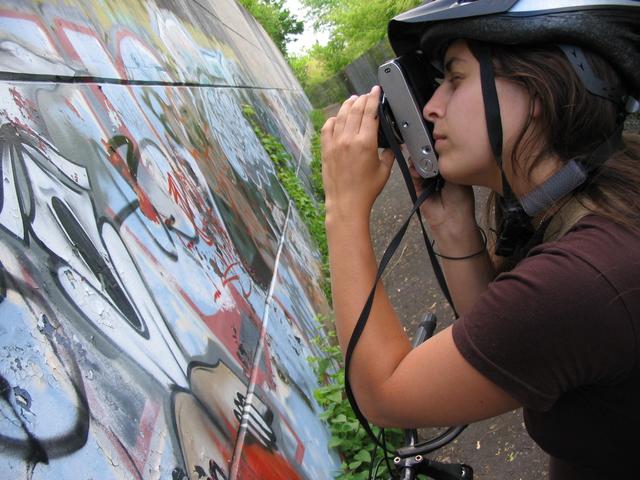
The shared and participatory approach to urban living depends on educated, skilled and creative residents. Therefore, it is critical to empower its residents and especially the young generation through educational workshops, creative use of public spaces, and opportunities to be the organizers and promoters of their own heritage, culture and vision.
Role of Public Art and Contemporary Culture
The works of public art, whether they are officially commissioned sculptures and murals or illegal works of graffiti and street art, strongly transform the visual landscape. In addition, the non-commissioned art allows the creator to personally reclaim the space and change it into a dynamic and innovative venue for public discourse.
Similarly to hackers in the virtual space, all artists who utilize structures in public spaces, act as tinkerers hacking urban space. They take an object, use it in a completely new way and open up thousands of possibilities that the object can represent. A pillar supporting a bridge is suddenly a gallery wall, a discussion forum, a teaching blackboard. This physical transformation and repurposing the object in the public domain is a consequence of the fact that the young generation feels a strong need to be included in civic life and policy planning that directly affects them. The public object they just hacked is in their city; it belongs to them and it should serve their needs.
This energy and self-driven power to actively contribute to the public life in one’s own community, must be nourished and cultivated. Instead of persecuting artists who create their work without permission, their enthusiasm must be supported and further developed. Young people who demonstrate any type of public activity must be supported. They want to fully experience the opportunity to be a part of their city as members of their community having an active role.
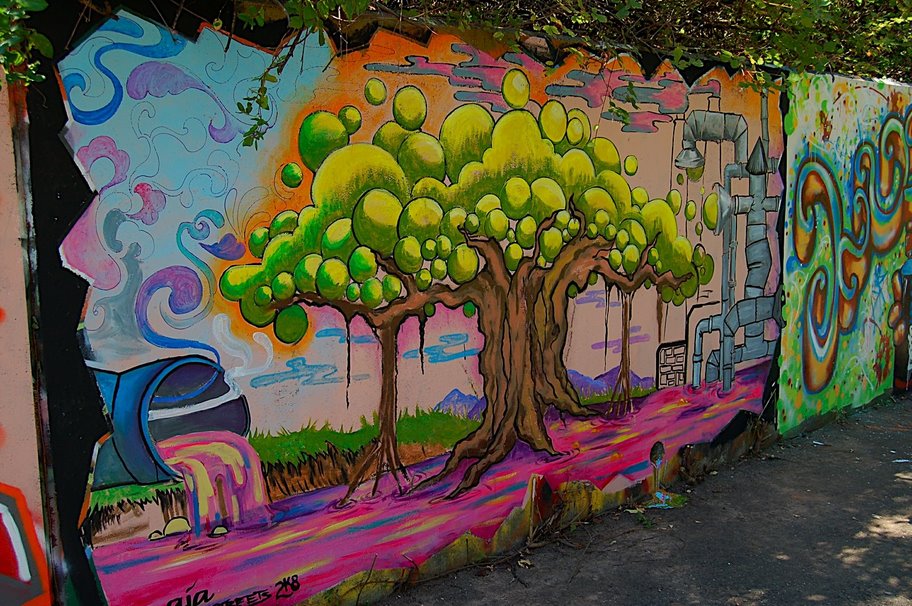
Albus Cavus fulfills this role by offering creative resources and opportunities for individual expression. This collective of artists, scientists and educators accomplish this with educational services, experienced instructors, project-oriented multi-disciplinary lesson plans, and hands-on workshops that have already reached thousands of young people around the world. These programs celebrate civic involvement through creative expression, and support everyone who shows a care for their neighborhood and their neighbors.
Multidisciplinary and Project-Oriented Programming
The programs and activities integrate multiple disciplines, and the participants have many opportunities to get involved. Collaborative projects always bring new experience to all participants. It strengthens the community by enabling the members to collaborate and exchange the knowledge and skills.
Albus Cavus acts as a provider of the logistical and networking services by organizing events and partnering with other organizations, communities and groups. A collaborative event titled, BLENDED, brought together the American Institute for Graphic Arts with Urban Artistry and over 70 visual artists who love creating in public spaces. For two weeks, they tirelessly worked and transformed an abandoned warehouse into a living gallery. The entire experience culminated in an evening, when they shared their art with the public. The proceeds from this project were used for weekend workshops, instructed by selected artists from BLENDED. The workshops taught techniques relevant to the exhibit. The warehouse is still there as an artifact of the creative experience and a wonderful evening.

Distributed Network of Creativity Spaces
The workshops, gallery exhibits, events and art projects are not tied to any specific physical location. Supported by a large and strong network of partners, programming is distributed through many neighborhoods across the city.
One of the programs, titled Open Walls, provides interactive public spaces to the artists who love to create large murals and share it with the audience. These walls are publicly and privately owned and donated to the creative members of the community. Everyone is encouraged to paint murals and utilize the surrounding areas as an expressive outlet. The visual appearance of every wall is constantly changing as the artwork is created in layers, often building upon the already existing art.
Open Walls are utilized by graffiti artists, muralists, artists who love working on a large scale, classrooms with students, clubs, and groups of friends. They are also a platform for spontaneous happenings and jams during which painters, dancers, DJs, MCs, poets and skaters attract thousands of visitors. It is a beautiful art scene based around public spaces where its members live. And this local scene has grown into events that attract people from around the world.
These walls are a model of crowd-sourced and distributed neighborhood murals, and they lead to the development of larger areas with sculptural playgrounds and elements that call for creative and inventive play and art making in public space. These art parks will nurture active recreation and self-designed exercise. Within these parks, the most important components will be a modular toolbox that will allow the users to build, grow, repair, improve, experiment and collaborate.

Summer Adventures
Albus Cavus events and projects are open to all ages, with a strong emphasis on involving the young generation at all times. During the summer, when not in school, the young people are encouraged to apply for internships or Summer Adventures Camp. The camp brings together talented young artists with experienced instructors and over a course of a week, they collaborate on art in the studio and in public spaces, visit other studios, institutions and organizations. Last year, the students had an opportunity to tour the National Institutes of Health, George Mason University School of Art and Smithsonian Model Shop. They spent the last night outdoors: hiking, plein air painting, and cooking on a campfire.
This complex network of projects and programs mimics the multi-leveled society in urban areas, within which each component affects all the others. And they share the same mission of forming our future urban society through innovation, play and creativity.
*[Note: You can view more photos from the project on Flickr.]
The views expressed in this article are the author's own and do not necessarily reflect Fair Observer’s editorial policy.
Support Fair Observer
We rely on your support for our independence, diversity and quality.
For more than 10 years, Fair Observer has been free, fair and independent. No billionaire owns us, no advertisers control us. We are a reader-supported nonprofit. Unlike many other publications, we keep our content free for readers regardless of where they live or whether they can afford to pay. We have no paywalls and no ads.
In the post-truth era of fake news, echo chambers and filter bubbles, we publish a plurality of perspectives from around the world. Anyone can publish with us, but everyone goes through a rigorous editorial process. So, you get fact-checked, well-reasoned content instead of noise.
We publish 2,500+ voices from 90+ countries. We also conduct education and training programs
on subjects ranging from digital media and journalism to writing and critical thinking. This
doesn’t come cheap. Servers, editors, trainers and web developers cost
money.
Please consider supporting us on a regular basis as a recurring donor or a
sustaining member.
Will you support FO’s journalism?
We rely on your support for our independence, diversity and quality.



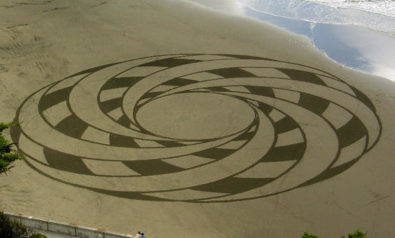
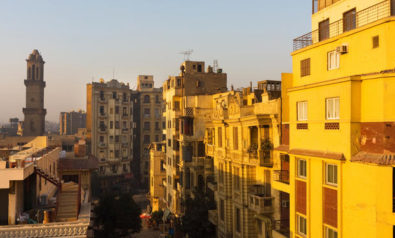
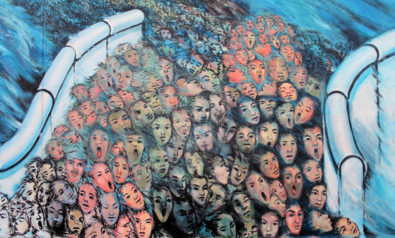



Comment